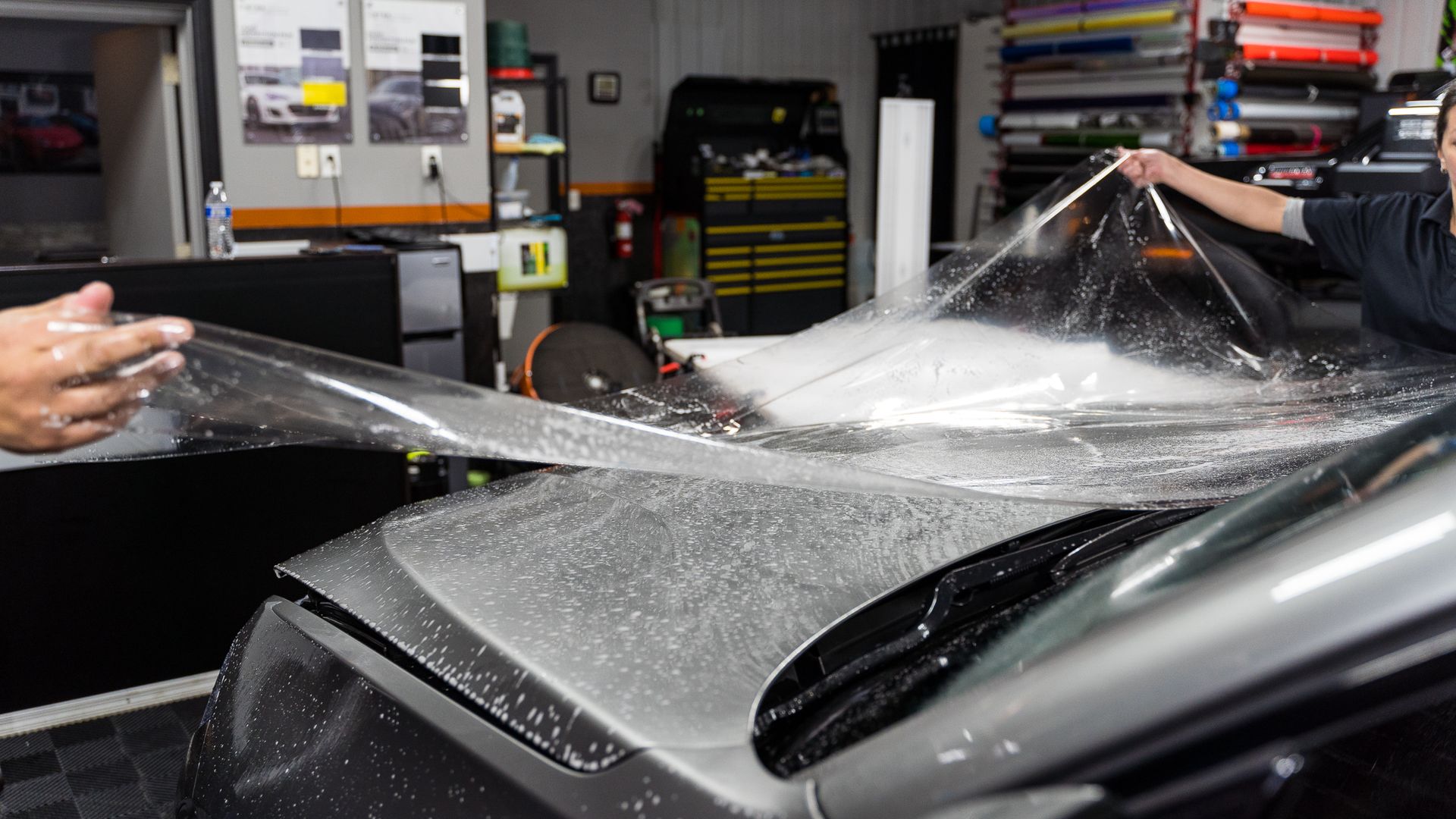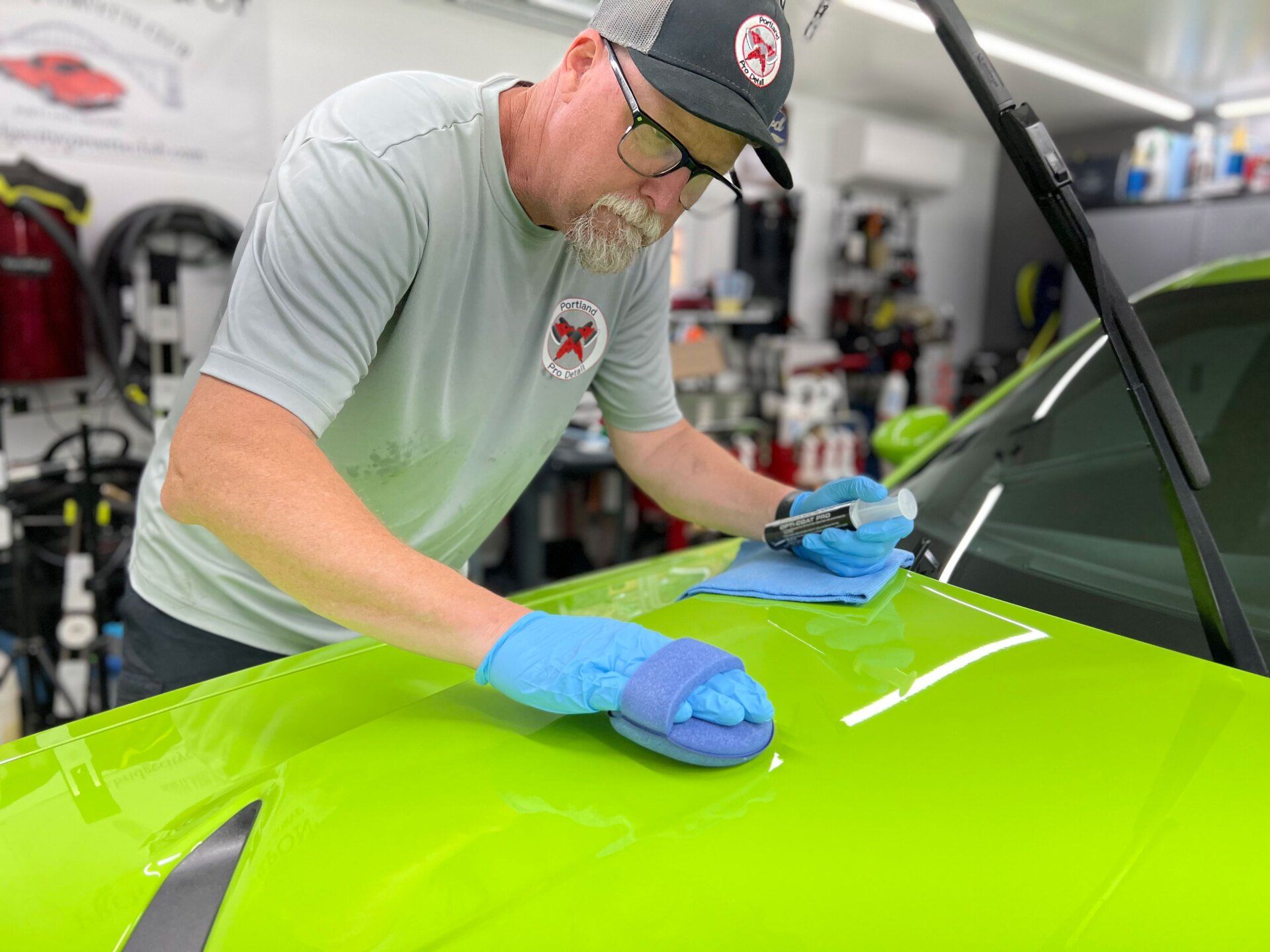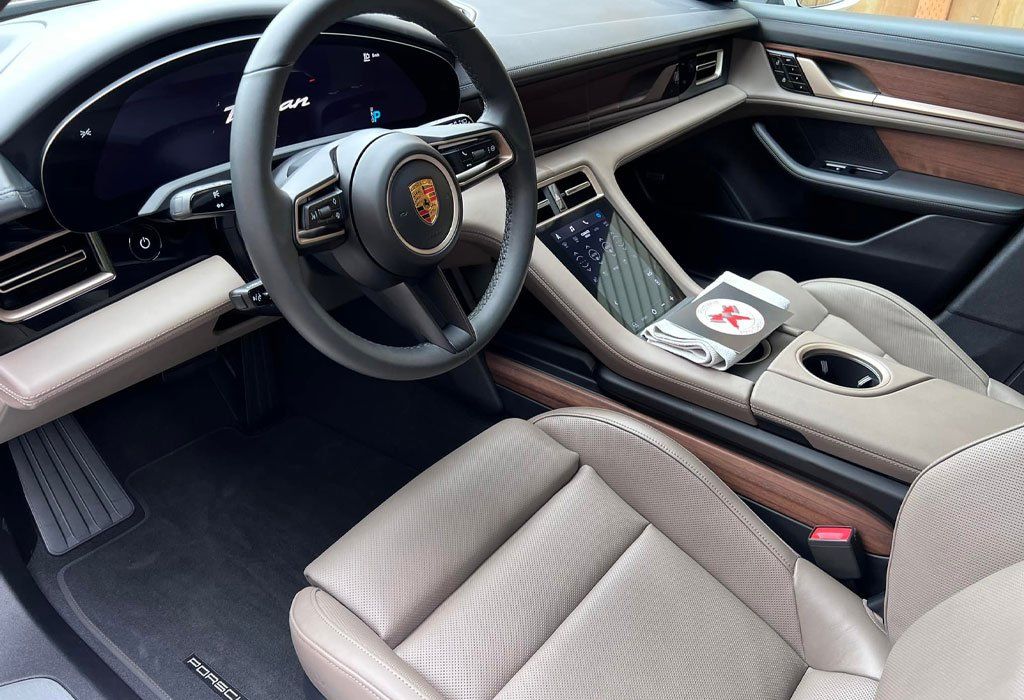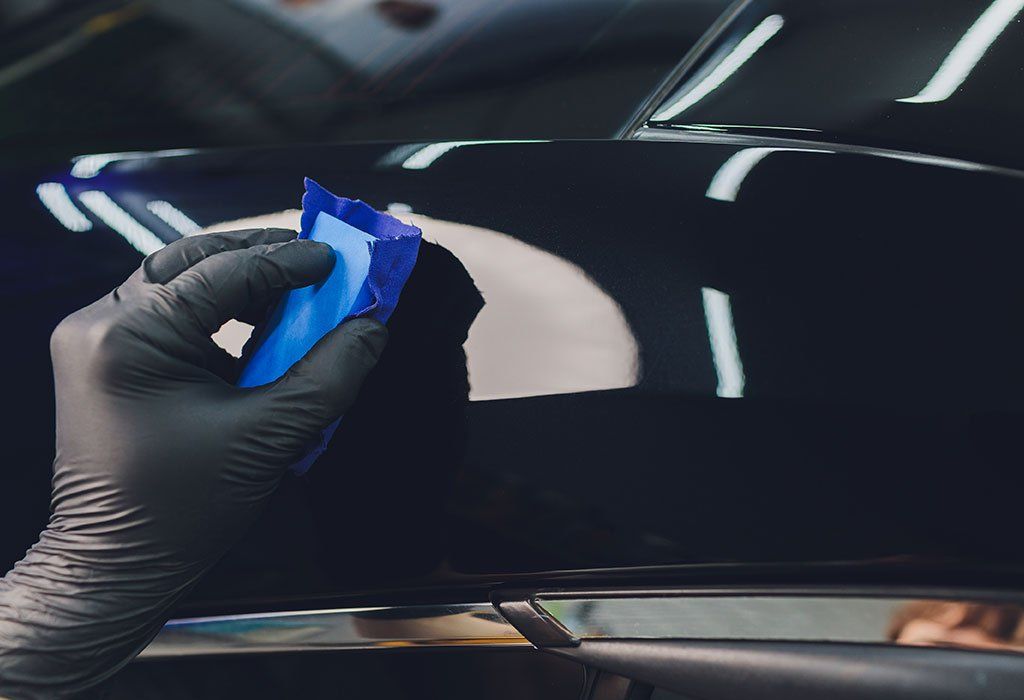The Benefits of Professional Ceramic Coating vs. DIY Options
CALL (503) 444-7415
A professional ceramic coat is often superior in both its finish and lifespan. With years of training, experts skillfully prepare the surface and apply the coating to achieve a high-quality result. Though a DIY project may seem more cost-effective on the surface, the long-term aftermath could tell a different story. Untrained application might not hold up as long under constant exposure to weather elements and wear. Take heed; shiny surfaces speak quiet tales of expertise at work.
The main difference lies in the level of expertise and time commitment. Professional ceramic coatings offer meticulous surface preparation, expert application, and potentially longer-lasting results, albeit at a higher cost. On the other hand, DIY ceramic coatings require careful surface preparation and application, making them a more time-consuming but potentially cost-effective option.
Professional Ceramic Coating: A Breakdown
When you choose to have your vehicle undergo a professional ceramic coating, you're not just getting a simple application of protective material. You're investing in a service that promises expertise, high-quality products, and additional assurances. Here's a closer look at what sets professional ceramic coating apart:
- Specialized Expertise: When you enlist the help of professionals, you benefit from their extensive experience and knowledge in surface preparation, including thorough cleaning, decontamination, and potentially paint correction. These crucial steps ensure a flawless base for the ceramic coating. With their expertise, professionals are adept at addressing the intricacies of application techniques, resulting in a finish of superior quality compared to DIY methods.
- High-Quality Products: Professional-grade ceramic coatings often incorporate advanced formulations that provide enhanced durability and protection against environmental elements. These superior formulations translate to longer-lasting results when expertly applied by professionals who understand the product's properties. This is akin to using top-tier skincare products recommended by dermatologists; the benefits and longevity are amplified when complemented with professional application knowledge.
- Warranty and Guarantees: One of the key advantages of opting for professional service is the assurance of warranties. These warranties offer peace of mind to consumers, providing a safety net in case any issues with the coating arise. This added layer of protection significantly contributes to the overall value of professional service. It's like purchasing an electronic device with an extended warranty; it adds an extra dimension of trust and security to the investment.
In summary, professional ceramic coating goes beyond just providing a protective layer; it offers specialized expertise, high-quality products, and valuable warranties, elevating the overall care and maintenance your vehicle receives.
DIY Ceramic Coating: A Comprehensive Guide
So, you're considering taking on the challenge of applying a ceramic coating to your vehicle by yourself. It can be quite a rewarding experience, but it's important to understand what you're getting into before you dive right in.
- Product Selection: There are many consumer-grade ceramic coating products out there, designed specifically for at-home use. These products are known for their ease of application and ability to provide durable protection to your vehicle's paintwork. When selecting a product, it's crucial to choose one that matches your level of expertise and meets your specific needs. Doing some research and reading reviews will help you find the best fit for you.
- Time and effort: DIY ceramic coating isn't a quick job. It takes time and precision to ensure professional-quality results. The surface preparation process is critical, including washing, decontamination, clay bar treatment, and an IPA wipedown. These steps are crucial to ensuring that the ceramic coating adheres properly to the surface of your vehicle. Many users report that a proper DIY ceramic coating is an all-day job, so patience and attention to detail are key when taking on this project.
- Cost Savings: One of the biggest draws of DIY ceramic coating is the significant cost savings compared to professional services. While the initial investment in tools and chemicals may seem high, considering that a professional service can range from $500-$600 on the low end to $1500-$2000+ depending on size and correction required, DIY is an attractive option for budget-conscious consumers. Investing more time in meticulous surface preparation may lead to better results, potentially saving you money in the long run by avoiding costly paint correction services down the line.
Equipped with this knowledge about DIY ceramic coating, you're better informed to make a decision about whether it's the right choice for you and your vehicle.
Cost Analysis: Professional vs. DIY Ceramic Coating
When it comes to ceramic coatings, cost is a significant factor to consider, whether you're inclined toward the DIY route or more comfortable entrusting your vehicle to a professional. Let's break down the expenses involved in each option to help you make an informed decision.
Professional Ceramic Coating: Typically, professional ceramic coating services for vehicles can range from $500 to $600 for basic packages, while comprehensive services that include paint correction can cost anywhere from $1500 to $2000 or more. This may seem like a significant investment, but the benefits of professional application can be convincing, particularly if you value expert craftsmanship and peace of mind. Consider this: A professional service may save you time and effort, as skilled detailers are equipped with the expertise and tools necessary for meticulous surface preparation and application. Additionally, reputable professionals often provide warranties to guarantee the quality and longevity of their work. It's an assurance that can be invaluable when protecting your vehicle's exterior.
DIY Ceramic Coating: On the other hand, opting for a DIY ceramic coating entails an estimated setup cost of around $600 for tools and chemicals. While the initial investment might seem comparable to professional services, there are distinct factors to consider. A DIY approach allows enthusiasts to engage in the process hands-on, nurturing a sense of accomplishment and connection with their vehicle. However, success with DIY ceramic coating largely hinges on meticulous surface preparation prior to application—a step that demands careful attention and expertise. Additionally, bear in mind that purchasing materials doesn't necessarily equate to proficiency. Following instructions meticulously is crucial when opting for a DIY approach to ensure optimal results. Those willing to invest time in mastering the application technique can yield impressive outcomes while also gaining valuable experience in maintaining their vehicle's aesthetics.
Comparing Application Processes
The application process is where the rubber really meets the road when it comes to both professional and DIY ceramic coating. With professionals, the emphasis lies on methodical, detailed surface preparation, ensuring an immaculate canvas for the ceramic coating to adhere to. This involves a multi-step approach inclusive of washing, decontamination, clay barring, and IPA wipedown. These meticulous steps are undertaken in controlled, specialized environments, ensuring that the substrate is free from impurities or residues that might affect adhesion or cause imperfections in the finished surface. In contrast, DIY application typically involves following the instructions provided by the chosen ceramic coating product for cleaning and preparation. This may include washing, decontaminating, and potentially clay-barring as well. However, the crucial aspect here is ensuring that all of these steps are carried out with precision and attention to detail. Finding a suitable space for this process is essential. It's recommended to have a dedicated area, such as a garage or carport, where you can work away from direct sunlight and other elements that could interfere with the coating process.
Think of it like preparing a canvas for a painting—the surface must be clean and smooth before you even think about applying any paint. Professionals focus on creating this perfect surface with sophisticated tools and techniques, while DIY enthusiasts can achieve similar results by adhering strictly to the product instructions and taking great care with every step of the preparation process. When considering these step-by-step processes, it's important to appreciate the skill level needed for each approach. Professional application demands a high degree of training and expertise to execute these preparatory steps perfectly. For DIY enthusiasts, having basic automotive detailing skills is sufficient but it requires a cautious eye for detail.
This distinction in preparation underscores the various levels of intensity involved in both approaches—professional applications requiring advanced expertise and access to specialized equipment versus DIY applications necessitating careful adherence to product instructions and meticulous attention to detail.
Long-Term Durability: Is DIY up to par?
One of the biggest concerns with DIY ceramic coatings is their long-term durability. It's essential to understand whether these consumer-grade products can hold up to professionally applied coatings over time.
The longevity of a ceramic coating largely depends on the quality of the preparation and application processes. Professional ceramic coatings stand out for their longer lifespans due to meticulous surface preparation and skillful application by trained experts. This comprehensive process ensures extended protection against environmental contaminants and UV exposure, significantly contributing to the overall durability of the coating. Professional ceramic coatings maintain a reputation for superior durability due to their comprehensive preparation and application process, giving them an edge in their longevity in specific conditions as compared to DIY options.
Understanding the long-term durability aspect is crucial in making an informed decision about whether to choose professional or DIY ceramic coating for your vehicle. When considering the long-term protection of your vehicle's paintwork, it's essential to weigh factors like preparation, application, and advancements in ceramic coating, ensuring that you make an informed decision regarding professional or DIY ceramic coating. Selecting the right option can maximize both protection and cost-effectiveness. So, dive deep into your research before making a choice.
Professional Ceramic Coating Service in Portland, OR
Elevate your vehicle's protection and shine with Portland Pro Detail, the premier provider of professional ceramic coating services in Portland, OR. Our expert team is dedicated to delivering unparalleled quality and durability, ensuring your car maintains its showroom finish for years to come. Say goodbye to frequent waxing and polishing; our ceramic coatings provide long-lasting defense against environmental contaminants, UV rays, and everyday wear and tear. Experience the ultimate in automotive excellence and safeguard your investment today with Portland Pro Detail. Schedule your appointment now and let us transform your ride into a beacon of brilliance on the streets of Portland. Call us at
(503) 444-7415!
Portland Pro Detail Blog








